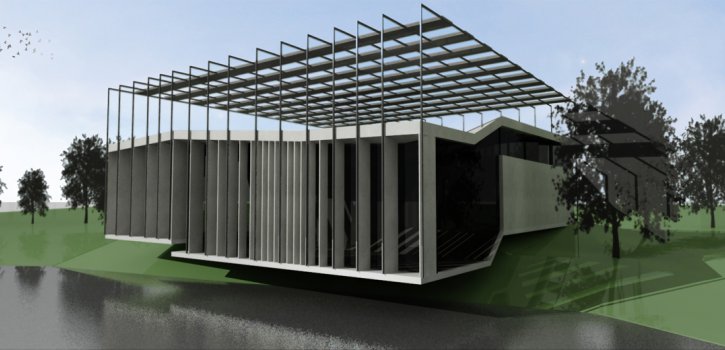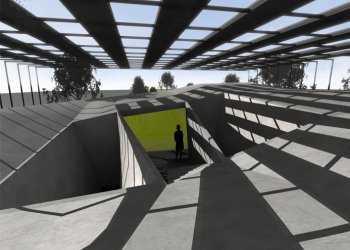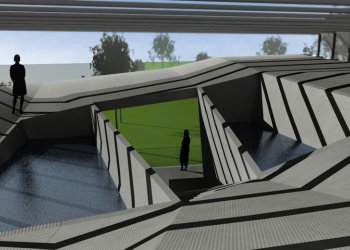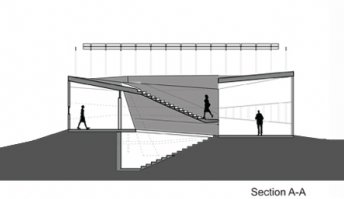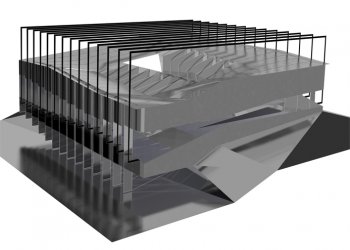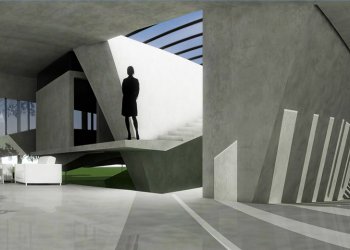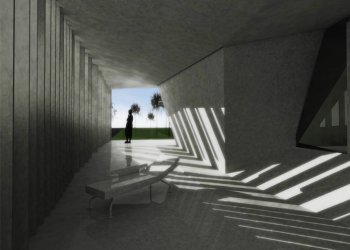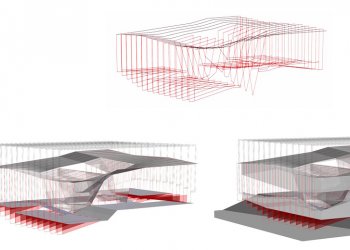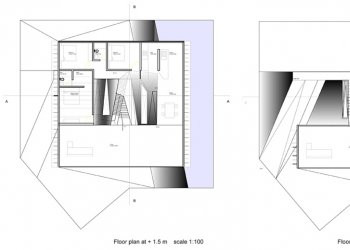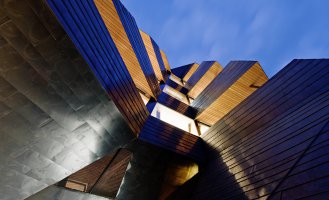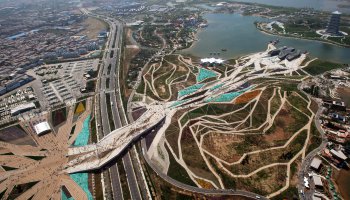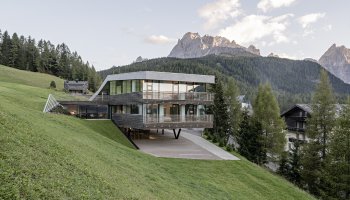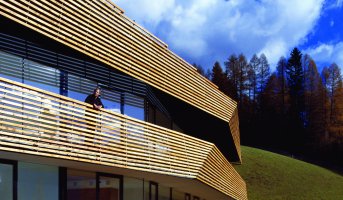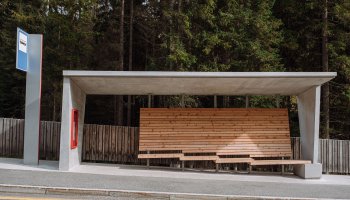Bird Island Green Homes was a competition launched by leading Malaysian developer YTL to develop zero-energy single houses inside a large park.
Mies 2.0
TYPE Residential
STATUS Competition
LOCATION Kuala Lampur, Malaysia
YEAR 2007
CLIENT YTL Developers
DESIGN TEAM Eva Castro, Ulla Hell, Holger Kehne
While the overall ecological footprint of such an endevour is flawed per se, it was an opportunity to rethink the boundary conditions between inside and outside in a climate that is all year round hot, humid and uncomfortable.
Through intensive sessions with environmental experts at Arup, Plasma Studio decided that the attractive low-tech solution of cross ventilation, high spaces and permeable architecture would be unrealistic, as the proprietor of such a villa would simply stick in an airconditioning unit to sleep soundly at night at least. Hence for the two sites Plasma Studio developed two distinct machinic buildings that have been intrinsically shaped by the extensive employment of photovoltaics and insulating the interior well from the hot and humid air outside.
The proposal for site 03 shown here uses its relatively square site to develop as a centralist cube that is shielded by a C-shaped bracket of shading elements and photovoltaic panels. The roofscape beneath is sculpted to collect rainwater into two concrete cones where it is filtered, stored and distributed for various uses in the house. The circulation wraps around those two volumes and claims the space in between as a meditative space that constantly changes with the path of the sun flickering through the PV roof. The spiralling system of internal ramps find their continuity in the landscape that is shaped to provide access from underneath the cube. All living areas are contained by one open L-shaped space, while the bedrooms and bathrooms are complementing with another L to form the complete ring. When moving between these, the user transgresses a climatic threshold as the corridor access to the bed and bathroom as well as to the roof is already in the outside. The external façade continues the subtle sectional lines of the topography and the roof edge as two more undulating lines that limit the use of glass and hence provide additional insulation and thermal mass. Though at first the project appears to be in the tradition of the classical Miesean approach as a seemingly universal glass house, specific response to the sun path, climatic demands, shading and the engagement with the ground are all turning this into a contemporary responsive, contextual and sculptural experience.
